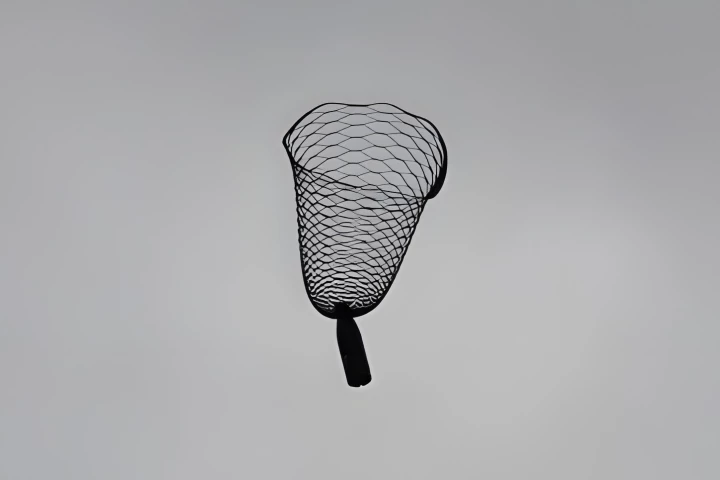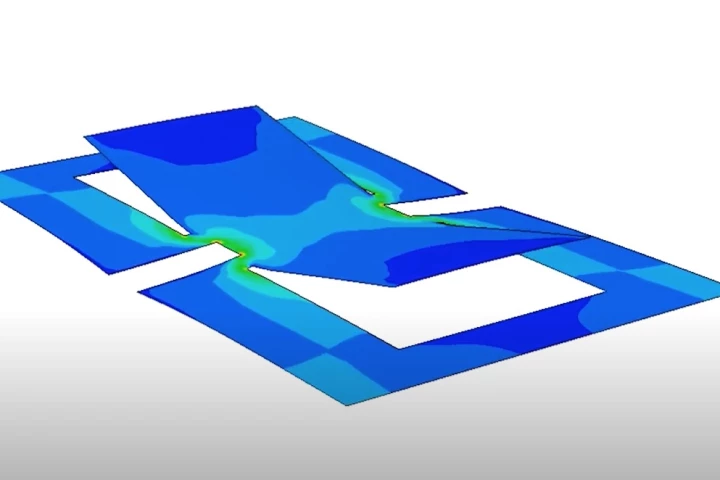kirigami
-
A team of researchers in France and Canada might have just improved upon humble parachutes by making lots of holes in them. It could be just the thing we need for more precise humanitarian aid drops and safer drone deliveries.
-
Ordinarily, adhesive tape either boasts a strong hold or is easy to remove. Drawing inspiration from an ancient paper-cutting technique, however, scientists have now devised a method of combining both qualities in existing types of tape.
-
Most robotic grippers work by applying pressure to an object from either side – it's an approach which could damage delicate items. A new gripper gets around that problem, however, thanks to an ancient Japanese art form.
-
The Japanese folding paper art form of kirigami has a lot of potential for engineering. Scientists have taken this technique down to the nanoscale for the first time, opening up new possibilities in applications ranging from robotics to aerospace.
-
By turning to the paper-based art form of kirigami for inspiration, a team of Harvard researchers has developed a system for programmable balloons that can take of all kinds of “crazy” shapes when inflated.
-
A couple of years ago, Harvard scientists copied the structure of snake skin to create a soft-bodied robot that gripped the ground as it moved. Now, they've applied that same thinking to shoe grips that could help keep seniors from falling.
-
Last year, a Harvard team revealed a snake-inspired soft robot that harnessed the ancient Japanese art of kirigami to create pop-up scales that allowed the robot propel itself along as it stretches and contracts. Now some tweaks have given the robot boosts in both speed and precision.






